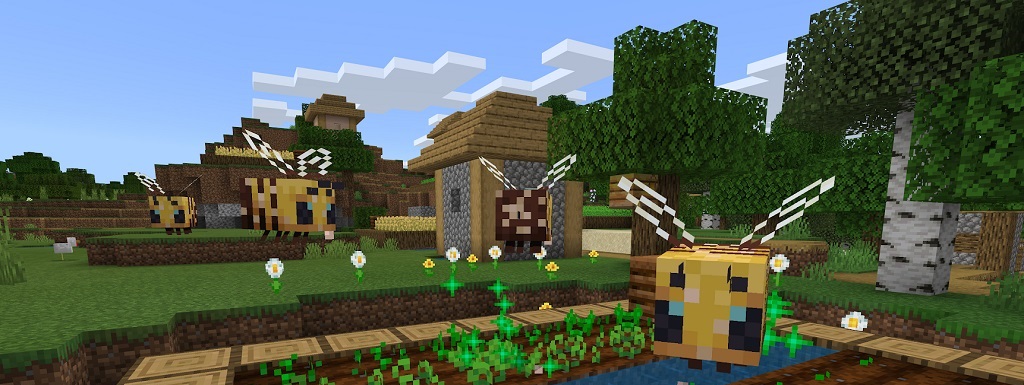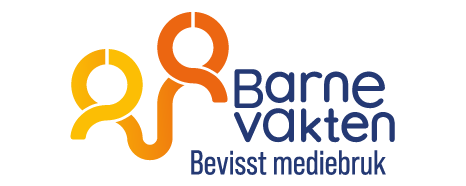
Minecraft: Game guide for parents and teachers
Choose language in the Google-box below. Some translations may be flawed or inaccurate.
What is Minecraft?
- A building game where you make things with square blocks
- Processing of resources such as wood, wool, stone, coal, animals, and plants to create new types of goods such as candles, meat, beds, doors, swords, and more
- Different playing styles: Creative mode (no dangers, eternal life, and endless building blocks) and Survival (hunger and dangers, dangerous monsters, and all resources must be collected)
- Minecraft can be played alone, with friends, and online
- There is a separate educational version for use in schools
Age limit: 9+ years from Apple App Store, 7 years from PEGI (Minecraft Education has a lower recommended age limit from PEGI)
Marked With: Mild violence, fear
The game has very simple cartoon graphics.
Please note:
- Violence, creepy monsters
- Use of weapons such as swords and bows
- Use of real money
- Chat with strangers
- Others destroy what the children have built
You can read a detailed review of Minecraft here.
What can children and young people learn from Minecraft?
- Creativity, planning, and collaboration
- Architecture, design, and symmetry
- Utilization and processing of resources
- Sustainability, language
Smart settings
- Dedicated child accounts with parental settings
- Turning off chat and friend requests
- Block access to online games
Discussion questions with children and adolescents
- What do you like to build in Minecraft?
- Which blocks do you like the most?
- What can you learn from playing Minecraft?
- Who do you usually play with?
Glossary
- Bedrock/Java – two different versions of Minecraft. Bedrock is the newest of the two
- Server – Online Public Games Rooms
- Marketplace – a shop where you can buy costumes and ‘game worlds’
- Mobs/Creatures – all the different creatures found in Minecraft
- Zombies – monsters that attack the players
- Sneaker/Creeper – a monster that explodes as it approaches the player
- Ender Dragon – a large, flame-breathing dragon
- Workbench – a tool for creating doors, swords, lights, and more from resources that have been collected
- Portal – a journey to the underworld (Nether) in Minecraft where you can fight monsters
- Redstone – a resource that allows you to connect objects and mechanisms together. For example, a door to a lever (door opener)
(This is part of a series of short articles about popular video games reviewed by ‘Barnevakten’, a Norwegian non-profit foundation that works to ensure safe and conscious media use of children and adolescents.) You can also read:
Game guide for parents and teachers: Fortnite
Game guide for parents and teachers: FIFA 22
Game guide for parents and teachers: Roblox
(Translated from Norwegian by Ratan Samadder)


